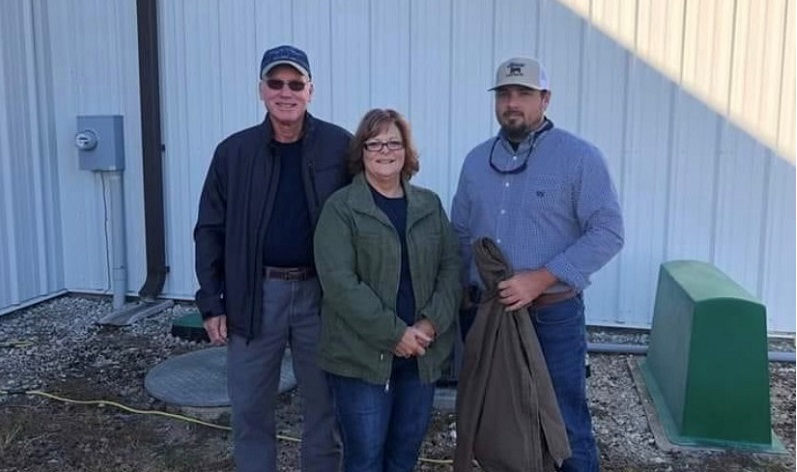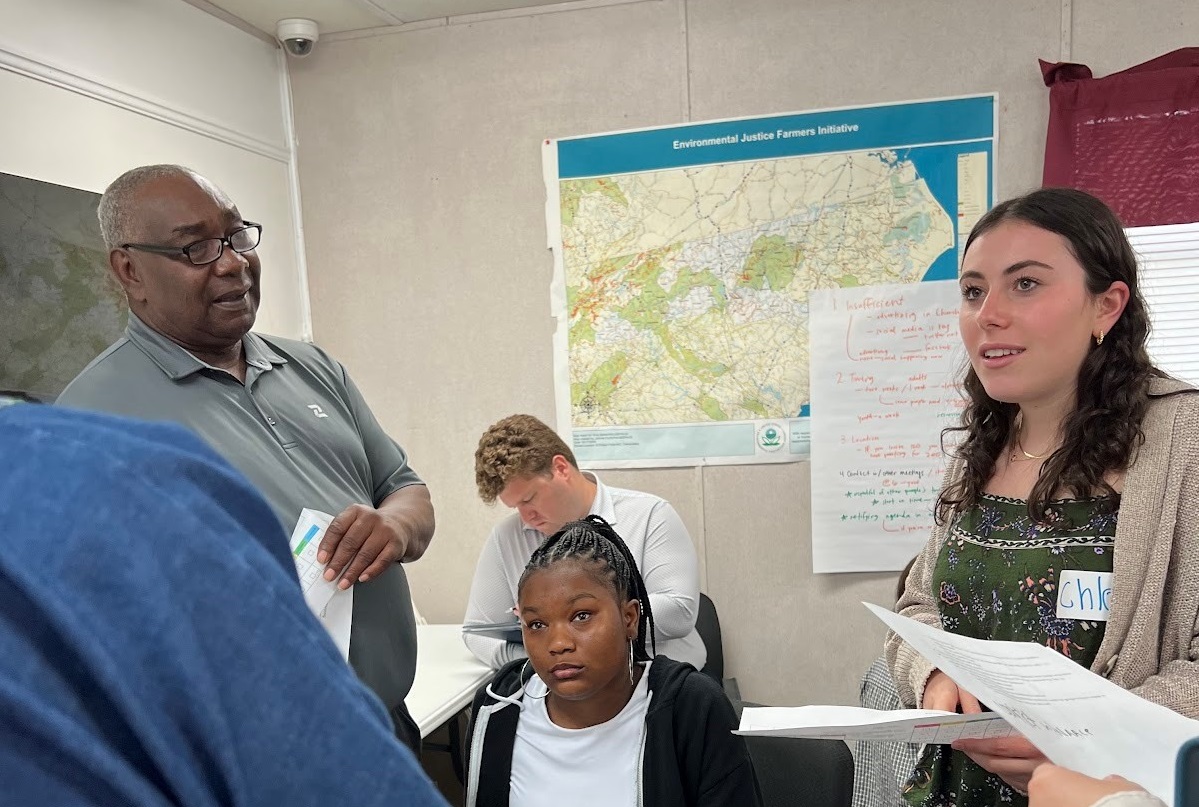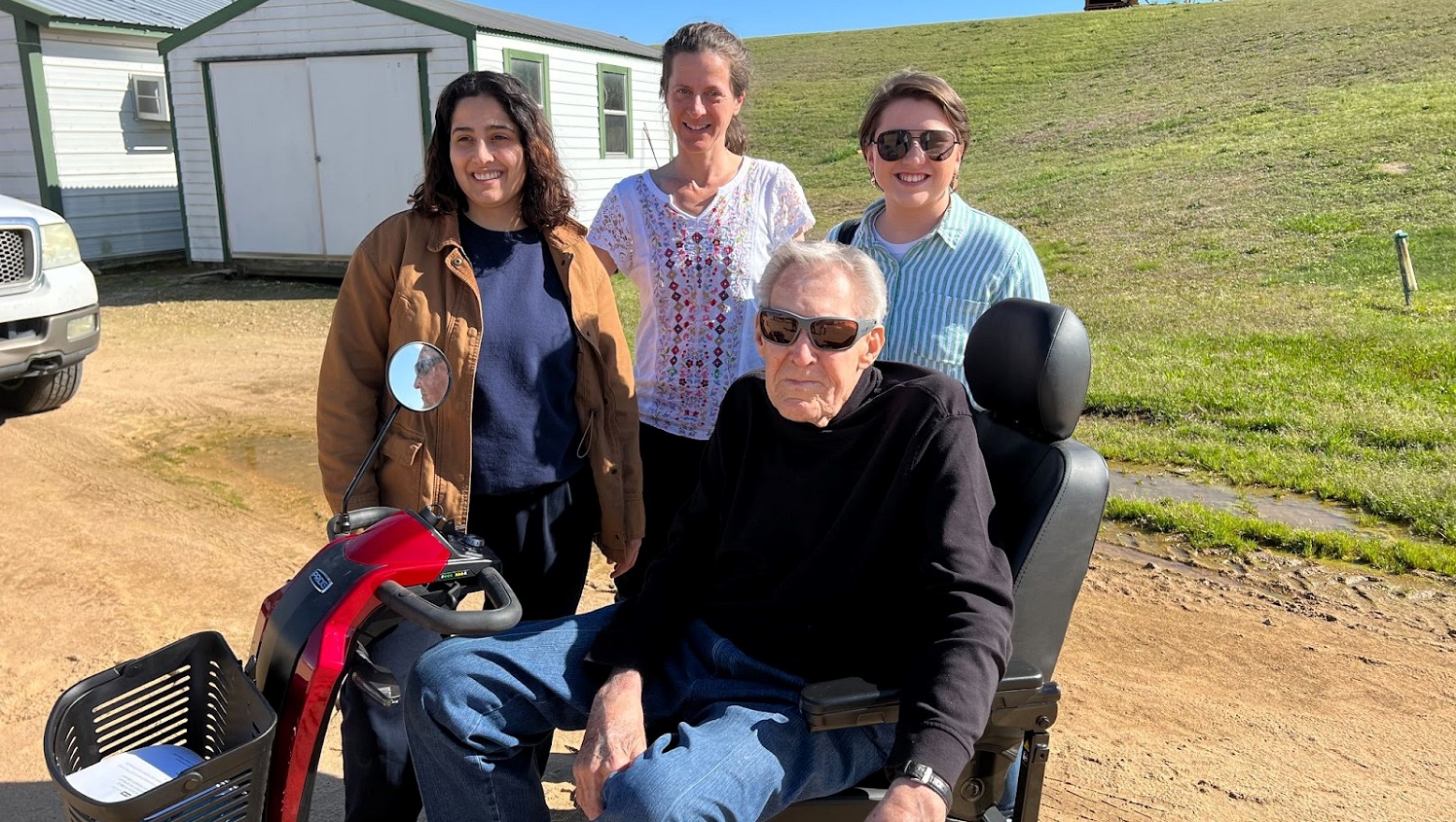Legacy Contamination: Where the Rubble Hits the Road
This post is written by Nicholas A. Robins, a Teaching Associate Professor in the NC State Department of History.
Legacy contamination refers to toxins which remain in an environment after an industrial or related activity has ceased. As such, the term refers to a situation in which the past is present. A case in point is the city of Huancavelica, Peru, and the nearby Santa Bárbara cinnabar mines. Cinnabar was mined by pre-Hispanic groups to produce vermilion for ritual and cosmetic purposes. Following the Spanish conquest and the adoption of the mercury amalgamation technique for refining silver, Huancavelica became the chief source of quicksilver for Andean silver mills. Utilizing both forced and wage labor, Huancavelica’s mining guild oversaw the extraction of cinnabar and the production of quicksilver. The refining technique was rudimentary: cinnabar ore was smelted, releasing mercury vapor in a chamber where it condensed and was collected. It was then stored and ultimately transported to Andean mining centers such as Potosí and Oruro in Bolivia. There, it was volatized again in the final stage of silver production, releasing tons of mercury vapor to the atmosphere from where it deposited onto the ground and waterways. [1]
The total amount of mercury produced in Huancavelica is estimated to be around 72,000 metric tons, with the lion’s share being rendered during the colonial period between 1563 and 1810. In the nineteenth century, production was minimal due to the need for large scale investment and also competition from California quicksilver. Limited production occurred in the twentieth century prior to the closure of the mines in the mid-1970s. Today, Huancavelica is among the world’s most mercury contaminated urban areas. It is also Peru’s poorest departmental, or state, capital, saddled with the nation’s highest rates of female illiteracy, infant mortality and severe malnutrition. In one study led by the author, eighty-eight percent of soil samples analyzed for total mercury exceeded Peruvian permissible “screening” levels. Mercury is not the only toxin that the city’s residents contend with, however. High levels of lead and arsenic also permeate the city’s soils, released during the quicksilver refining process. Indeed, forty percent of soil samples were above permissible Peruvian levels for lead and seventy-eight percent exceeded the arsenic screening level. [2]
This dismal situation is exacerbated by the fact that about half of Huancavelica’s homes are constructed of adobe, and usually have dirt floors, constantly exposing residents to toxic dust, and often mercury vapor. Indeed, almost a quarter of the homes studied had mercury vapor levels between 1 and 10 µg/m3, which according to the U.S. EPA constitutes a “mercury action level” and calls for officials to “schedule relocation for the residents as soon as possible.” [3] Unsurprisingly, the sediments of the Ichu River, which runs through the city, are also extensively contaminated by mercury, lead and arsenic, in addition to fecal matter as the city does not have a sewerage treatment facility. [4]
Although the problem is daunting, it is not insoluble. An estimated 19,000 people live in contaminated adobe homes in Huancavelica, and they tend to be the city’s poorest residents. The primary exposure pathway is inhalation and ingestion of contaminated polymetallic dust, and inhalation of mercury vapor. Although it is preferable to construct a new, uncontaminated home, existing homes can be remediated. This essentially consists of encapsulation: pouring a three inch cement floor and applying a one-half inch layer of stucco to the walls. In the eleven homes which have been treated as part of this ongoing project, the technique eliminated the interior sources of mercury, lead and arsenic laden dust, and brought mercury vapor emissions to background, or outdoor, levels. [5]
Just as legacy contamination challenges the notion of a distinction between past and present, research on the topic also challenges common conceptions of archives and primary sources. Yes, documentary repositories are a critical foundation for understanding issues such as labor, social and production systems, etc. But Huancavelica’s soils, sediments and even foodstuffs are also archives, encapsulating, and when analyzed, revealing the past and the inequities associated with it. For example, Huancavelica’s San Cristóbal neighborhood was the site of numerous smelters, home to most forced laborers, and is the most contaminated part of the city. In contrast, the Santa Ana neighborhood was home to the economic elite, largely free of smelters, and has the least contaminated soils. Likewise, surface soils tend to be more contaminated with heavy metals than deeper soils, highlighting the anthropogenic role in their toxicity.
While legacy contamination may be characterized as history in the present tense, understanding and acting upon it also helps us to create a healthier future for those affected. Such an “applied” approach not only underscores temporal interrelationships, but also the importance of interdisciplinary approaches.
Notes:
[1] Nicholas Robins, Santa Bárbara’s Legacy: An Environmental History of Huancavelica, Peru (Leiden: Brill Publishers, 2017), 32-35, 51-60, 123-24.
[2] Robins, 127, 140-54, 157; Environmental Health Council, “Data Summary.” Unpublished document. April, 2017.
[3] U.S. Environmental Protection Agency, 2004. “U.S. EPA Mercury Response Guidebook – Section 3.” Available at: http://www.ert.org/products/mercury_response_guide/section3.pdf
[4] Bryn Thoms and Nicholas Robins, “Remedial Investigation. Huancavelica Mercury Remediation Project. Huancavelica, Peru.” Unpublished Manuscript. July, 2015, 6, 23; Bryn Thoms, Nicholas Robins, Earl Brooks, Enrique Ecos and Rubén Darío Espinoza Gonzales, Results of June-July, 2015 Field Study, Huancavelica, Peru. Unpublished manuscript, 2015, 7-8, 14; Oscar Natteri, “EMAPA insiste en donacion de terreno para planta,” in Correo del Sur January 21, 2015. Accessed 1/21/15: http:/icu/diariocorreo.pe/ciudad/emapa-insiste-en-donacion-de-terreno-para-planta-558976/.
[5] Thoms, Robins, Ecos, Brooks and Espinoza Gonzales, Results of June-July, 2015 Field Study, 9-10.
- Categories:


